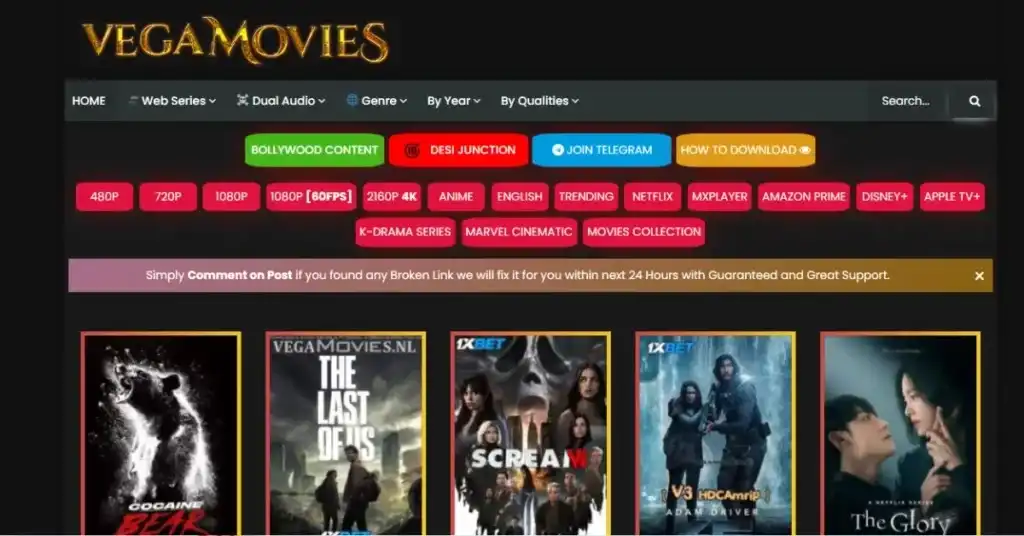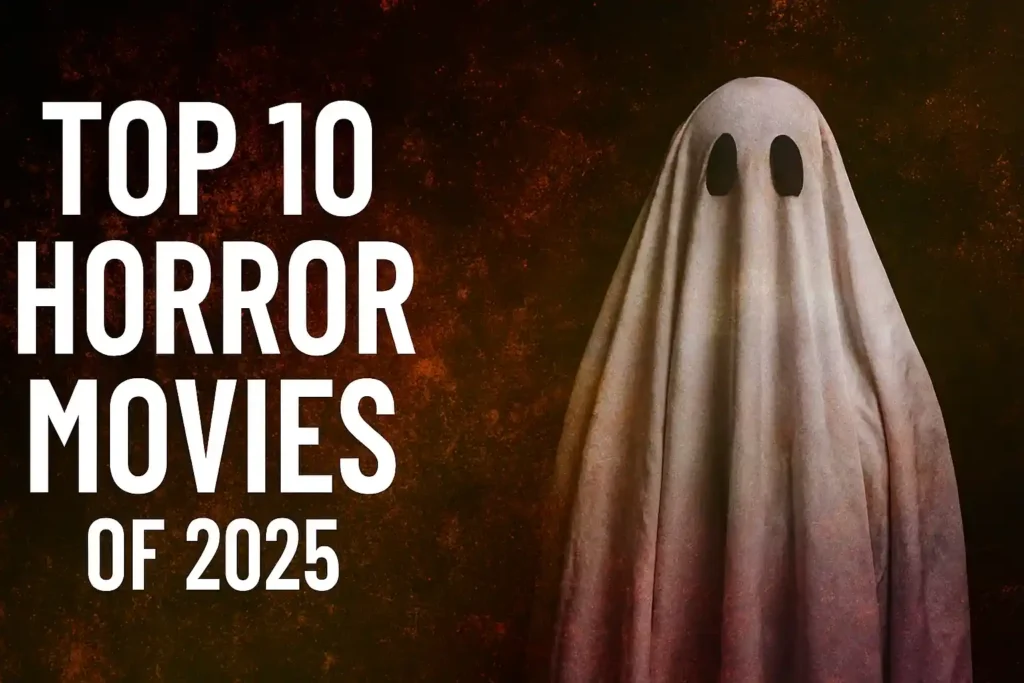Tulsa King Season 3: Tulsa King enters its third season with expanded scale, sharper stakes, and a deliberate effort to build a shared narrative future. This season centers on Dwight Manfredi as he negotiates power inside and outside Tulsa, while the show positions itself as the anchor for additional series set in other cities. The following article presents a detailed breakdown of release information, episodic structure, cast movements, thematic direction, production choices, and the implications for the franchise going forward.
Release schedule and how to watch
Season three premiered on September 21, 2025 and consists of ten episodes broadcast in a weekly release pattern. New episodes are made available on the platform that holds exclusive streaming rights for the series. Episodes were scheduled to arrive once per week, giving the season space to develop serialized storylines and character beats across the run.
The weekly release cadence encourages appointment viewing and allows each installment to breathe, which benefits the show’s emphasis on character decisions and slow burn tension.
Read also: Hera Pheri 3: Latest Updates, Cast, Creative Challenges, Production Timeline and What to Expect
Principal cast additions and returning players
Season three balances familiar ensemble players with high profile guest stars and several recurring additions. The mixture preserves the show’s established emotional core while injecting new faces that complicate Dwight’s efforts to consolidate power.
Returning principals
- Sylvester Stallone as Dwight Manfredi
- Martin Starr as Bodhi Geigerman
- Jay Will as Tyson Mitchell
- Max Casella as Manny Truisi
- Vincent Piazza as Vince Antonacci
- Andrea Savage as Stacy Beale
- Dana Delany as Margaret Deveraux
- Neal McDonough as Cal Thresher
- Frank Grillo as Bill Bevilaqua
- Garrett Hedlund as Mitch Keller
Notable newcomers and recurring additions
- Samuel L. Jackson as Russell Lee Washington Jr., a pivotal character who connects to other planned stories
- Robert Patrick as Jeremiah Dunmire, an old money patriarch with a cold approach to power
- Beau Knapp and Bella Heathcote in substantial supporting or guest roles
The casting strategy intentionally blends marquee names with reliable character actors to expand narrative possibilities while maintaining the show’s grounded tone.
Season three storylines and major narrative beats
The season opens with an episode titled Blood and Bourbon and moves through episodes whose titles reflect a mixture of character focus and escalating conflict. Across the arc, Dwight’s attempt to build a legitimate operation collides with local forces, federal pressure, and personal loyalties.
Core narrative threads
- The Dunmire family: An entrenched liquor dynasty led by Jeremiah Dunmire represents an old money power that operates differently from New York’s criminal networks. The Dunmires present a strategic and cultural opponent whose tactics force Dwight to adapt.
- Russell Lee Washington Jr.: The arrival of Russell ties to Dwight’s past and acts as a narrative bridge to other stories set in different cities. The character’s loyalties are ambiguous, creating a persistent sense of unease.
- Law and coercion: A storyline that began as a violent abduction in the previous season finds new momentum as Dwight faces institutional pressures. The suggestion that he might be compelled to act on behalf of external forces remains a driving tension.
- Legitimacy versus survival: Dwight’s efforts to invest in legal enterprises and community initiatives are tested by betrayal, blackmail, and the recurring need to use violence to protect his circle.
The season blends character driven episodes with set pieces and plot reversals so that personal decisions have direct consequences on the broader power dynamics in Tulsa.
Tone, themes, and creative direction
The creative voice remains consistent with the show’s prior seasons: a combination of observational seriousness, hard edged dialogue, and flashes of dark humor. The third season pushes the series toward deeper thematic concerns while retaining genre conventions that drive audience engagement.
Key themes explored this season
- Adaptation and culture clash: Dwight functions as an outsider in a regional setting with its own codes and hierarchies. The show mines the tension between his New York sensibility and Oklahoma’s local power structure for both dramatic conflict and character revelation.
- Legacy versus reinvention: Generational conflict appears in the contrast between the Dunmires and Dwight’s crew. The narrative asks whether a criminal enterprise can evolve into something durable and legitimate or whether violence always reasserts itself as the primary currency of power.
- Obligation and loyalty: The season examines what men owe one another when shared history collides with survival. The presence of an old friend complicates Dwight’s moral calculus and forces him to reconsider prior choices.
These thematic strands allow the series to remain entertaining while engaging with questions about leadership, identity, and moral compromise.
Episode structure, pacing, and highlights
The ten episode structure is designed for escalation. Early episodes outline new antagonists and setup, the midsection deepens relationships and ramps pressure, and the closing episodes accelerate toward a high stakes resolution that prepares the ground for future seasons and related projects.
How the season is built
- Episodes one to three: Establish immediate threats and introduce key new players while revisiting unresolved shocks from the prior season.
- Episodes four to seven: Focus on character development, power consolidation, and a series of reversals that raise costs for Dwight and his crew.
- Episodes eight to ten: Resolve major plotlines with confrontations that force decisive choices and produce consequences intended to echo into upcoming stories.
The chosen pacing emphasizes the series strength in balancing dialogue heavy scenes with crisp, choreographed action sequences. That approach supports both character work and the spectacle necessary to justify the season’s expanded stakes.
Production notes and creative leadership
The third season was developed with a strategic eye toward both immediate storytelling and longer term franchise building. Key production decisions highlight the desire to maintain authenticity while scaling the narrative.
Creative leadership and writing
The show’s creative leadership continued to guide tone and structure, with series veterans collaborating with new writers to freshen the perspective. Stallone contributed to writing on specific episodes, which reinforced Dwight’s voice and inner logic.
Location and authenticity
Filming in Tulsa and surrounding areas preserves a tactile sense of place. Local landmarks, practical set dressing, and regional casting choices support the narrative’s claim on authenticity and make the Tulsa environment an active participant in the drama rather than merely a backdrop.
Franchise planning
The production intentionally seeded characters and plotlines that expand the universe beyond Tulsa. Announcements about additional series set in other cities signaled that the creative team views the show as an anchor for a multi city franchise.
Samuel L. Jackson’s role and franchise strategy
The addition of an actor with Samuel L. Jackson’s presence recalibrates the series in a few important ways. His character is introduced as a connective element meant to carry storylines into other geographies, particularly a series set in a southern city where his character has historical ties.
Why the casting matters
- Performance impact: Jackson’s presence creates immediate narrative gravity, raising expectations for scenes where he interacts with the core cast.
- Story connectivity: The character functions as a hinge, designed to make events in Tulsa meaningful elsewhere while offering viewers a recognizable portal into a new locale.
- Audience expansion: Bringing a high profile performer into a recurring guest or series lead role broadens the potential audience and opens promotional opportunities.
How season three reshapes Dwight Manfredi’s arc
Across three seasons, Dwight has transitioned from banishment to local ruler and tentative investor in legality. This season increases the cost of his choices and emphasizes the contradiction at the heart of his character: he seeks legitimacy but must survive in a world that values ruthlessness.
Three key tensions in Dwight’s arc
- Moral calculus: Moments that test whether a pragmatic act is a moral surrender appear throughout the season. Dwight’s decisions force him to weigh protection of those he loves against the erosion of his autonomy.
- Leadership costs: As his influence grows, the human costs of leadership become more visible. Choices that once seemed tactical become deeply personal for those around him.
- Legacy considerations: The narrative positions Dwight within a horizon of franchise stories. His decisions do not simply affect his immediate fate but have the potential to shape allied characters who could anchor spin off narratives.
Read more: Pawan Kalyan’s They Call Him OG Trailer Review, Story Hints, Cast, Action, and Release Details
Viewer guidance and content considerations
Season three contains mature thematic material, including depictions of violence, criminal behavior, and morally ambiguous situations. Viewers who prefer character oriented, serialized drama will find the season rewarding. Those sensitive to depictions of brutality should exercise discretion.
Episodes are best watched in order. The show builds revelations and character development sequentially, and skipping can reduce the emotional impact of key moments.
Critical context and audience expectations
The series built a stable streaming audience over its first two seasons, and expectations carried into the third shaped both creative choices and marketing emphasis. Viewers expected a continued focus on Stallone’s central performance and an elevation in production design and set piece ambition. At the same time, audiences wanted a season that paid attention to character nuance rather than solely relying on spectacle.
Critics and analysts anticipated that season three would need to balance franchise seeding with the requirement of telling a satisfying, self contained season story. The presence of new antagonists and franchise oriented characters raised hopes that the season would be both larger in scope and more precise in its dramatic focus.
What this season means for the franchise going forward
Season three positions the show as more than a single vehicle for its lead. By introducing characters intended to anchor separate series and by resolving certain Tulsa specific arcs while leaving broader questions open, the season establishes a framework for serialized storytelling across cities and contexts.
Franchise implications
- Interconnected narratives: Events in this season are calibrated to ripple outward. That approach allows creators to tell self contained stories while maintaining continuity for viewers invested in the broader world.
- Character migration: Bringing characters from one city into another enables cross pollination of themes and creates opportunities for surprise alliances and conflicts.
- Long term planning: The production’s willingness to seed spinoffs and renew the series early indicates a long term strategy aimed at franchise durability rather than a single showrunner era.
Final assessment
Season three deepens Tulsa King’s commitment to character and world building while scaling the story in ways that justify its ambitions. Strong lead work, carefully chosen guest appearances, and a willingness to connect Tulsa’s story to a wider geography give the season narrative heft and commercial flexibility. The series continues to ask difficult questions about power, identity, and responsibility while setting up a franchise architecture that will keep viewers invested beyond the immediate season.
For viewers who enjoy moral complexity framed by well executed dramatic set pieces, this season delivers both surprises and meaningful consequences. For those watching the series as the beginning of a larger universe, the season provides clear signposts indicating where future stories will travel.
Keep visiting our site Vegamovies for more updates related to this topic.


